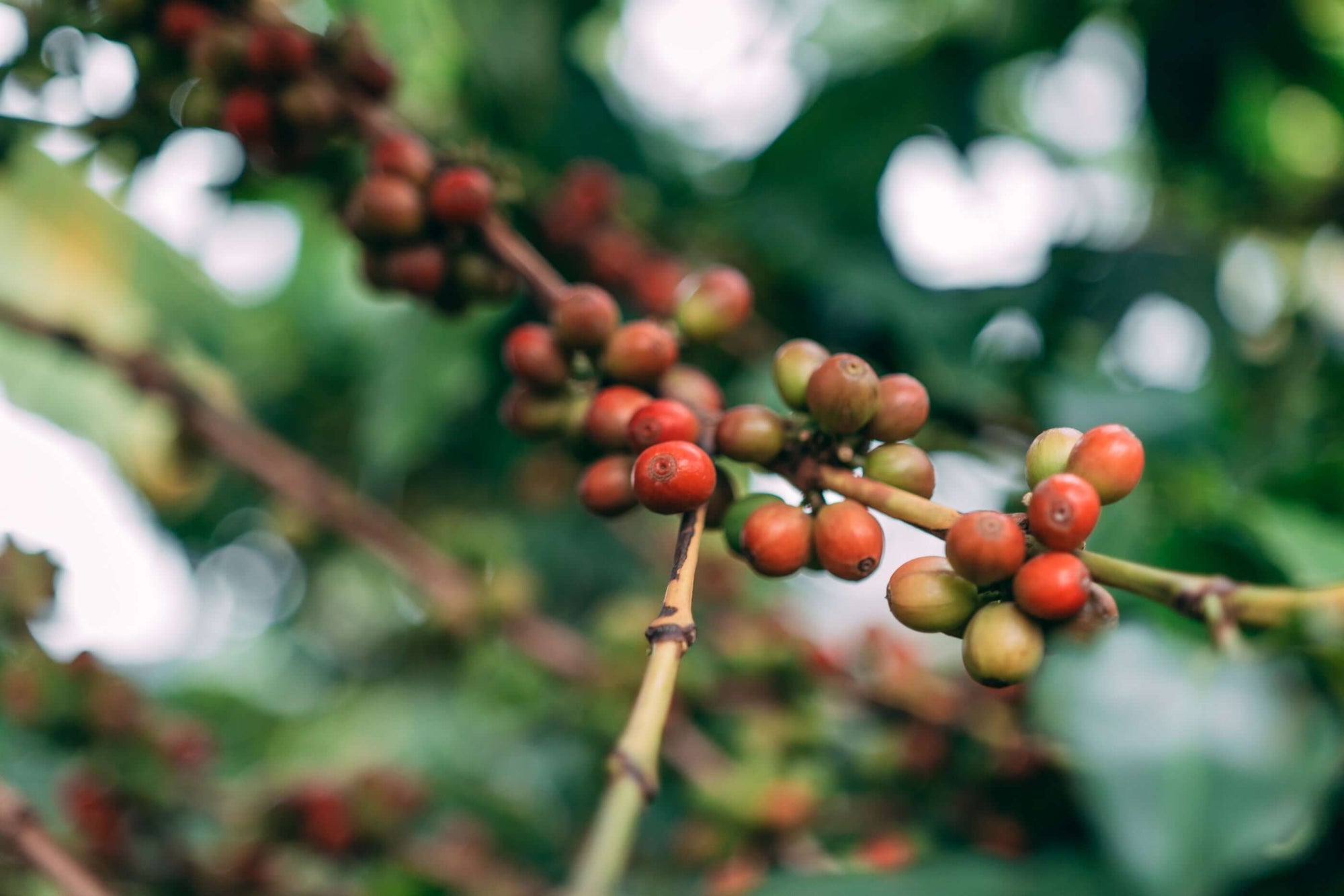

Where is My Favourite Coffee? Why Coffee is Seasonal.
Have you ever walked into our cafes to find your favourite coffee has disappeared from the shelves? Or maybe you’ve noticed different patterns in our new coffee releases. Just like other fresh fruits, coffee has different growing seasons throughout the year.
What makes coffee in-season?
Coffee will taste its best depending on the time of year it is harvested. This is similar to harvesting peaches late in the summer or apples in the fall. Fruits in their peak seasons are much sweeter! However, there are far more origin farms and countries in coffee than with many other fruits. Coffee grown in the northern hemisphere is at peak ripeness from early summer into fall, while coffee grown in the southern hemisphere is at peak from winter to spring.

But unlike other fruits, once picked, coffee has many more steps to go through before it is ready to be shipped. Many origin farms will have one harvest during peak months, as they want to pick the cherries at their ripest. In coffee farms with varying elevations, cherries grow in higher elevations and will mature slower, needing more time to ripen; which will effectively delay the harvest. There are exceptions to this rule. Some countries have climates more friendly to coffee production. For example, Colombia and Kenya have a smaller secondary harvest known as the ‘fly crop’.
Once the harvest is complete, the coffee cherry fruit needs to be separated from the coffee seeds (beans). This is known as the processing step. When it comes to processing, there are a few ways this can happen. But whether it be washed or natural, the coffee beans will need to dry to approximately 12% moisture content. This can be done relatively quickly with mechanical dryers (which take 3-5 days) or they can be dried slower in raised beds (2 weeks+). This step is important - if the coffee is under-dried there is a risk for fungus and mold. And of course if there's under drying, there is over drying, which results in the loss of quality in the coffee.
The next step is transportation. Even without a pandemic, transportation can be quite challenging. Most coffees are shipped by ocean freight and then by truck to their destinations. This process can become quite lengthy as some origins have less streamlined logistics in place. Keep in mind, however, that some origins are just really far away.
With such long lead times, you can imagine the challenges when it comes to planning a coffee menu.

What does this mean for my Rosso coffee?
The Rosso Coffee sourcing philosophy, known lovingly as Rosso Direct, gives us some advantages when it comes to coffee logistics.
One of the pillars of our philosophy is called Relationship, meaning exactly that. When we source coffee, we build relationships with the farmers that produce that coffee. And like all strong relationships, we stick together through ups and downs. We annually visit their operations and collaborate on a sustainable future. Working together, we are able to experiment with new processes and push through together for higher quality coffee.
Because we are in constant contact with our coffee producers, as soon as our coffees are ready they will be sent to us. This is part of the reason why our coffee menu will be filled with one origin every so often. Earlier this year, our coffee menu was mostly coffees from Colombia; while in a few months closer to winter, our coffee menu will have a heavy Rwanda influence.










